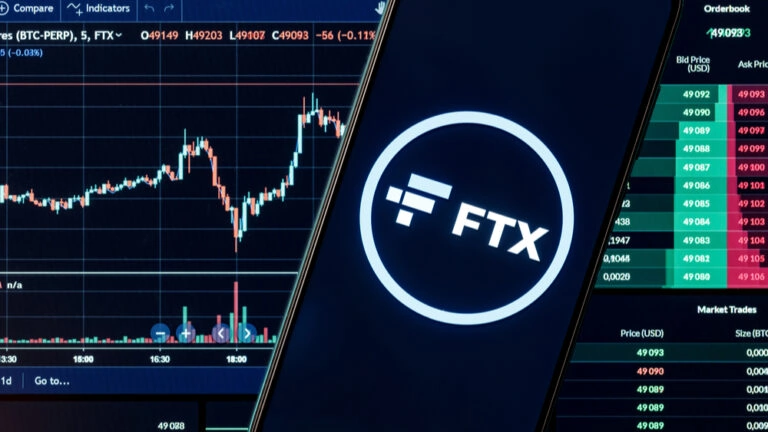Cloud-Geschäft verhilft Oracle zu Umsatzsprung

Dank florierender Cloud-Services laufen die Geschäfte beim Software-Konzern Oracle weiter rund.

Dank florierender Cloud-Services laufen die Geschäfte beim Software-Konzern Oracle weiter rund.

Beim Deutschen Mittelstands-Bund (DMB) bleibt nach zwei Tagen Digitalgipfel der Bundesregierung vor allem der Eindruck, dass er an den kleinen und mittleren Unternehmen (KMU) vorbeiläuft. Die grundlegenden Probleme des Mittelstands im Bereich Digitalisierung wurden weitestgehend ausgespart. Zudem vermisst der DMB eine selbstkritische Betrachtung der bisher erreichten Digitalisierungsergebnisse in Deutschland.

Der Gründer der insolventen Kryptobörse FTX, Sam Bankman-Fried, ist nach dem spektakulären Zusammenbruch seines Firmenimperiums auf den Bahamas festgenommen worden.

Keine Lust auf Shopping-Mall, Fußgängerzone und Tütenschleppen: Viele Verbraucherinnen und Verbraucher kaufen Weihnachtsgeschenke auch 2022 im Netz.

Cloud Gaming etabliert sich aufgrund immer besserer Versorgung mit schnellem Internet in Deutschland zunehmend.

Der diesjährige Digital-Gipfel der Bundesregierung war vorab als „zentrale Plattform zur Gestaltung des digitalen Aufbruchs“ beschrieben worden. Doch knapp ein Jahr nach Bildung der Ampel-Regierung und 100 Tage nach Beschluss ihrer Digitalstrategie ist kaum Aufbruchstimmung zu spüren.

Mehr als die Hälfte der NRW-Unternehmen haben laut einer jährlichen Erhebung des Statistischen Landesamtes IT.NRW «schnelles Internet» mit festen Verbindungen von 100 Mbit Bandbreite pro Sekunde oder mehr.

Künftig müssen Akkus in Geräten wie Handys und Laptops in der EU von Privatpersonen selbst ausgetauscht und ersetzt werden können. Das ist Teil neuer EU-Vorgaben, auf die sich Unterhändler des Europaparlaments und der EU-Staaten am Freitagabend geeinigt haben.

Mit der zunehmenden Verbreitung von Bezahl-Apps geht nach einer US-Analyse eine ebenso schnell steigende Zahl von Hackerangriffen auf Handys und Tablets einher.

In diesem Whitepaper möchten wir Ihnen zeigen, welche Herausforderungen es heute für den Schutz der Daten gibt und wie ineinander verzahnte Sicherheitskontrollen entlang der Kill Chain ansetzen, um Datenverlust bereits im Vorfeld zu verhindern. Wir stellen Ihnen acht wichtige Schritte vor, die zu mehr effektiverer Sicherheit in Ihrem Unternehmen führen.